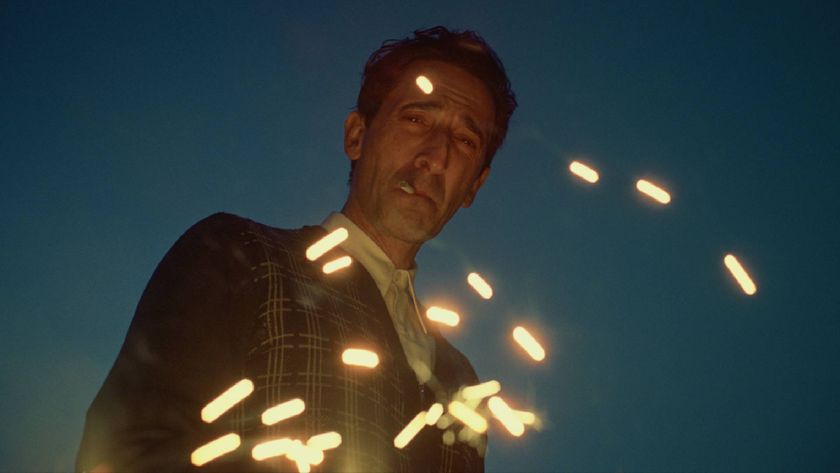7 ways you didn't realise the 1995 Mortal Kombat movie is the most stunningly accurate video game adaptation ever made
Turns out it was secretly a work of genius all along
It uses palette-swap characters and repeated sprites to save on work
Like many early ‘90s games, Mortal Kombat made flagrant use of palette-swap sprites to save on work and cost. The technique has been a staple game design trope since the ‘80s, of course. Need to quickly create a second protagonist for a two-player mode? Just change your hero’s blue bits for red bits and away you go. Need seven different types of goon for your scolling beat ‘em up, but don’t have the time or the inclination to make seven different sprites? Change the first one’s hat colour six times, put a different name on each ‘new’ character’s energy bar, and pat yourself on the back son, because you’ve just made a game.
And as for background crowds, that’s easy. Just make everyone related. Really, really closely related.
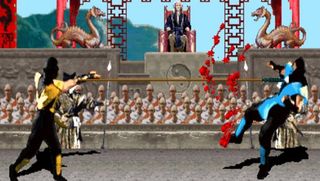
Above: Mortal Kombat background monks. A brotherhood in more ways than one
The MK movie understood this tradition. It respected this tradition. And so it continued it in live-action form. Obviously the plot centres heavily around fan-favourites Scorpion, Sub-Zero and Reptile (arguably the absolute zenith of the palette-swap tradition themselves), but check out these omnipresent oily red-hood guys too.
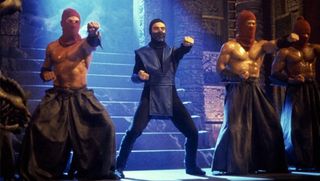
They make up the numbers in every single large scale fight in the film, fill out the background of every big set, and if their identikit costumes and interchangeable masked faces don’t make them the living, breathing embodiment of the repeated sprite shortcut, then frankly, I’m actually going bother coming up with a suitable ending for this sentence.
It’s possible to almost win a fight just by using the cheap sweep trick
Seriously people, this is attention to detail. You might remember that one of the most brilliant/despicable things about the first couple of Mortal Kombat games was the way in which it was almost entirely possible to win a match simply by sweeping your opponent to the ground and using repeated low kicks into order to keep them down. There is no more quintessential element of the early Mortal Kombat games that this cheap-ass broken bit of design. Ask anyone. Even Ed Boon will tell you. Probably.
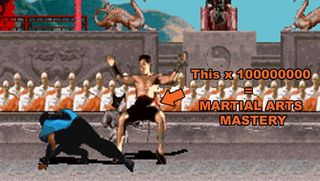
And given that the Mortal Kombat film is - as should now be agonisingly clear - the utter pinnacle of granular adaptational accuracy, it makes sure that this element is right at the centre of proceedings. Check out the big fight between Johnny Cage and Scorpion. Check out the bit at 2:38 when Scorpion turns around a prolonged beat-down by dropping Johnny with a sweep. Check out the bit immediately afterwards when he uses a load of low kicks to stop him getting back up.
Sign up to the 12DOVE Newsletter
Weekly digests, tales from the communities you love, and more
Yes, it’s a subtle tribute. Some might even claim coincidence. But “Nay!”, says I. It’s clearly an allusion to Mortal Kombat’s greatest and most iconically crap tactic. If it wasn’t a gushing and highly deliberate cinematic tribute to the early games’ most fundamental strand of DNA, then why would it appear in this most important of the film’s fights, being as it is the turning point which allows Johnny Cage to move on to take down Goro, leaving the path clear for Liu Kang to have a crack at Shang Tsung?
Some might even argue that Cage’s triumph over the iconically cheap sweep-kick combo is the defining philosophical moment of the film, being the subtextual point at which determination and human nobility metaphorically rise to defeat the forces of darkness, deceit and cynical dishonour. That’s probably going too far though. Let’s not get crazy about over-analysing this now.
But such talk of boss encounters does lead me onto my next couple of none-more-juicy points…
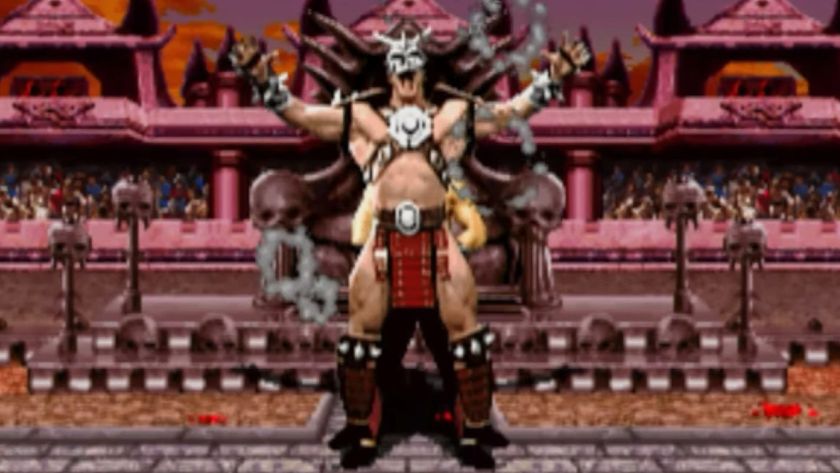
After 32 years, Mortal Kombat 2 has finally been ported to the one hyper-expensive '90s console that could actually do it justice
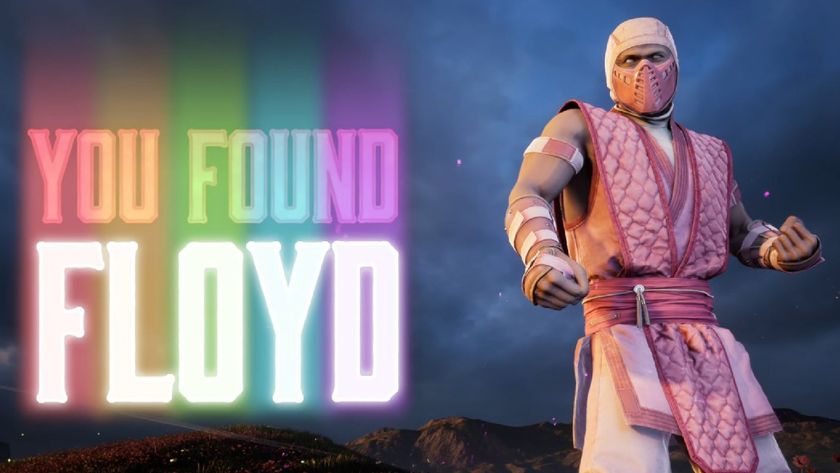
Mortal Kombat 1 makes good on a 30-year tradition of trolling fans by introducing a confusing, labyrinthine quest to fight pink Floyd, a new ninja
Most Popular




